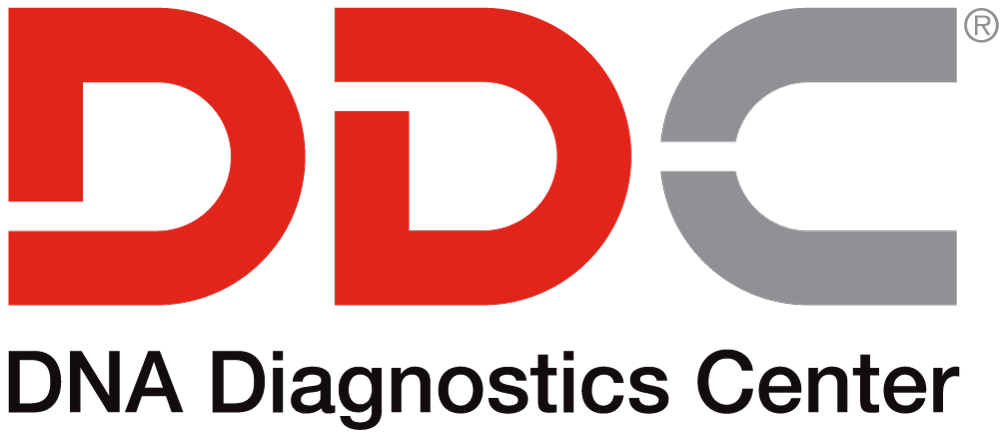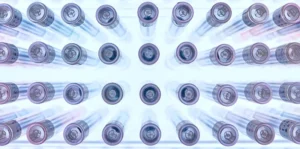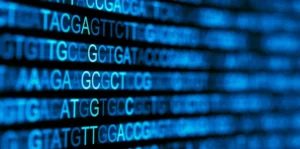SEPTEMBER 16, 2014
What is Mitochondrial DNA (mtDNA) and How is It Used?
Most of us are familiar with the idea that we inherit our genes from both our mother and our father. It’s true that inside every one of our body’s cells there is a roughly equal mix of DNA from our parents. The vast majority of this parental DNA resides in the nucleus of the cell.
There is a compartment inside every cell designed to enclose and maintain the DNA and to regulate access to all the information within. But there is another area that also contains DNA. This compartment, called the mitochondria, is specialized for producing the energy that each cell needs to function, and it is the reason that we are able to move our muscles or even think thoughts.
What’s mtDNA?
The DNA inside of mitochondria (called mtDNA) is unlike the DNA inside the nucleus in that all of it comes from our mothers. In other words, unlike the DNA inside the nucleus, it is not a mixture of our parent’s DNA, and each person’s mtDNA is nearly identical to his or her mother’s mtDNA. mtDNA contains a small number of genes (37 in all). That’s not very many compared to the number in the nucleus (about 20,000).
However, whereas there are only two copies of each gene in the nucleus, there can be 10 or more copies of each gene in the mitochondrion. What’s more, there are hundreds to thousands of these mitochondria in every cell, meaning there are many thousands of copies of each mitochondrial gene in each cell.
The special characteristics of mtDNA make it useful for certain types of DNA testing. In crime scene investigations, the amount of this DNA is a critical factor in determining what kind of information forensic scientists can retrieve and whether they can identify the individuals at the scene. When there is not enough of the nuclear DNA to analyze, there is often enough mtDNA because there are so many copies of it in every cell and because it is often more stable than nuclear DNA. Analysis of mtDNA cannot always identify a specific individual at a crime scene, but it can identify a specific family.
DNA Testing to Determine Ancestry
A common public use for mtDNA in DNA testing is in determining ancestry. Because mtDNA does not change as rapidly as nuclear DNA, and because it is not mixed with the father’s (paternal) DNA, it leaves a clearer record of distant ancestry – although only through the mothers’ (maternal ancestry). Analysis of mtDNA is what allowed scientists to trace the maternal ancestry of all human beings to East Africa and to a time roughly between 100,000 and 200,000 years ago.
mtDNA testing can provide some kinds of information about ancestry not always apparent from regular DNA testing. For us non-scientists because mtDNA is shared among all people with the same maternal ancestry, it can provide some of the clearest proof of relationships among people with the same mother, grandmother, great grandmother, and so on.
Muscle Weakness
mtDNA testing is also important for diagnosing certain diseases. Mutations in the genes found in mtDNA have been shown to cause many different types of disease, often neuromuscular diseases or other diseases that cause muscle weakness. The three-time winner of the Tour de France, Greg Lemond, gave up competitive cycling when he developed muscle weakness and fatigue. He was diagnosed with a mitochondrial disease called “mitochondrial myopathy” in 1994, and his New York Times story was perhaps the first to put mitochondrial diseases in the public eye.
Scientists have also determined that mutations in mtDNA are associated with symptoms and diseases of aging, leading to the theory that mitochondrial DNA changes are important for determining how rapidly people age. In the future, mtDNA testing could become an important part of determining a person’s overall health. Even subtle changes in mtDNA may be important for determining your overall feeling of energy and well-being.
About DNA Diagnostics Center (DDC)
DNA Diagnostic Center is the world leader in paternity and relationship testing. We serve healthcare professionals, government agencies, and individuals around the world to determine family relationships with trusted accuracy.
More Questions? Don’t hesitate to call us: we’re here to help!
CALL NOW